Introduction to the Engine Crankshaft
The engine crankshaft is a critical component in the internal combustion engine, playing a vital role in converting linear motion into rotational motion. This transformation is essential for the functioning of the engine, as it allows the power generated during the combustion process to be transmitted to the wheels, ultimately driving the vehicle forward. Understanding the crankshaft’s role is crucial for anyone interested in automotive mechanics and vehicle performance.
The crankshaft operates by coordinating with various engine components, such as connecting rods and pistons. Its design and construction significantly influence how efficiently an engine runs and how much power it can produce. This article will explore how the crankshaft contributes to vehicle performance, its construction, functionality, and maintenance considerations. By the end of our discussion, you will gain a comprehensive understanding of the importance of the engine crankshaft in automotive applications.
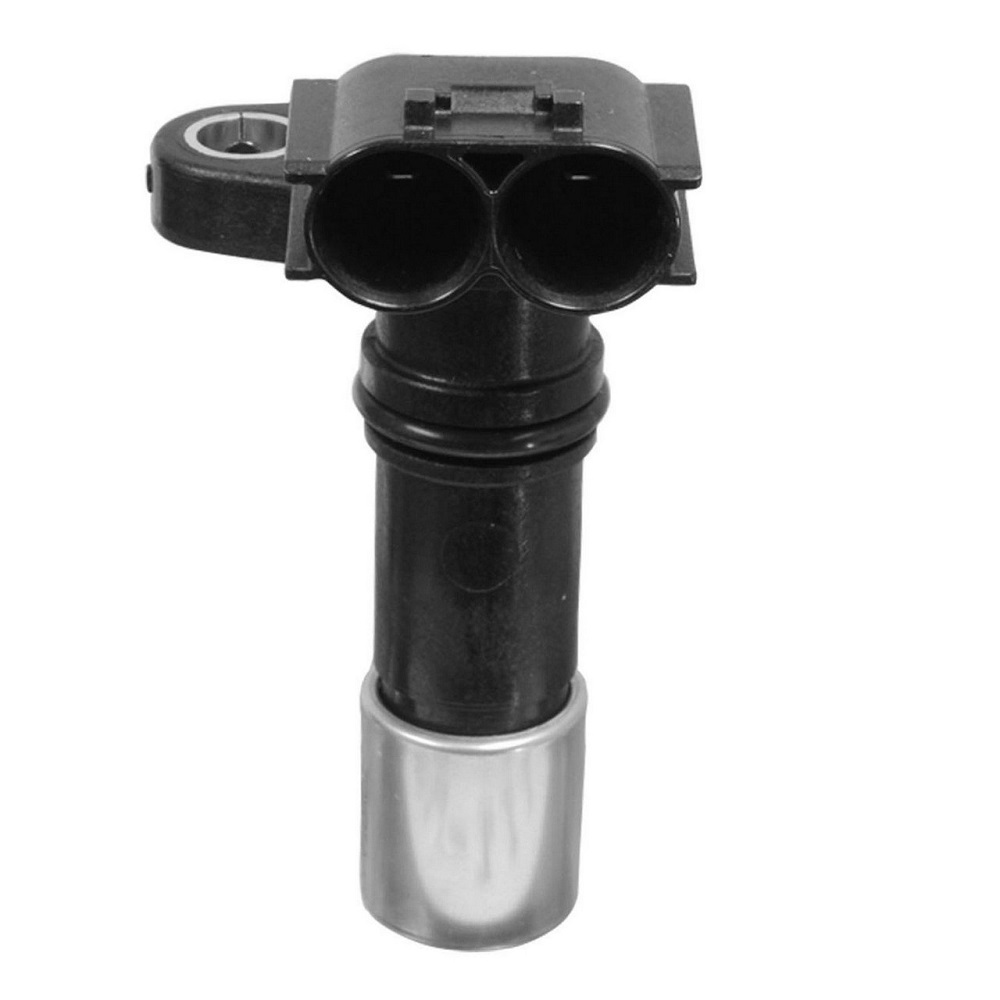
The Function of the Crankshaft
Converting Motion
The primary function of the crankshaft is to convert the reciprocating motion of the pistons into rotational motion. During the combustion cycle, the rising and falling motion of the pistons must be transformed so that it can be used to turn the wheels. This conversion process occurs through a series of mechanical linkages. The pistons attach to the crankshaft via connecting rods, which pivot around the crankshaft’s journals as the pistons move.
When the engine ignites the fuel-air mixture in the cylinder, the resultant explosion forces the piston downward. This downward force transfers to the connecting rod, which then rotates the crankshaft. The rotation of the crankshaft drives the vehicle’s transmission and provides power to the wheels. Therefore, the crankshaft plays an essential role in the engine’s overall functioning.
Synchronizing Engine Components
The crankshaft not only converts motion but also helps synchronize various engine components. It serves as a reference point for timing in the engine’s firing order, ensuring that the combustion process remains seamless. The crankshaft is connected to the timing system, which includes the camshaft and other timing components. This synchronization helps optimize the performance and efficiency of the engine.
Moreover, the crankshaft affects how smoothly the engine runs. Any imbalance in the crankshaft can lead to vibrations, affecting overall vehicle performance. Therefore, precise engineering and careful balancing of the crankshaft are crucial to minimize any disturbances during engine operation. A well-functioning crankshaft contributes to smooth engine performance, enhancing the overall driving experience.
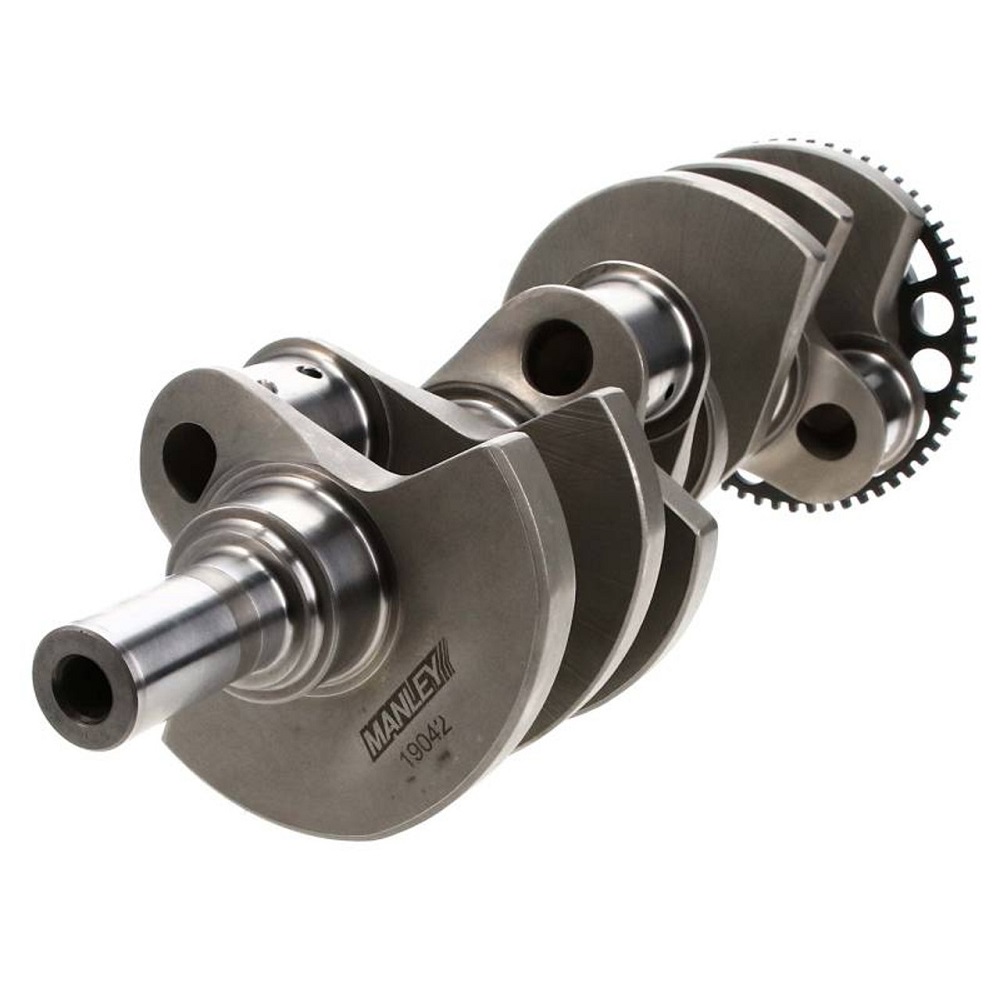
Construction of the Crankshaft
Materials Used
Manufacturers typically construct engine crankshafts from high-strength materials to withstand the immense forces generated during the combustion process. Common materials include forged steel and cast iron. Forged steel is preferred for high-performance engines due to its excellent strength-to-weight ratio. It can endure higher levels of stress and has better fatigue resistance under extreme conditions.
Cast iron crankshafts, on the other hand, are often used in standard and low-performance engines. While they are heavier than forged steel, cast iron provides good durability and is less expensive to produce. The choice of material can significantly influence the performance of the engine, impacting factors like weight, cost, and strength. Engineers must carefully select materials to cater to the specific application and performance requirements of the engine.
Design Features
The design of the crankshaft includes various features that are essential to its functionality. One of the key design elements is the crank throws, which are offset sections where the connecting rods attach. The positioning of these throws is crucial for determining the engine’s firing order and ensuring smooth power delivery. A well-designed crankshaft will efficiently convert the reciprocating motion of the pistons into rotational motion.
Additionally, crankshafts are often equipped with counterweights. These counterweights help balance the crankshaft, reducing vibrations during operation. Balancing the crankshaft improves engine performance, enhances longevity, and minimizes wear on adjacent components. A well-engineered crankshaft design contributes significantly to the engine’s overall performance and reliability.
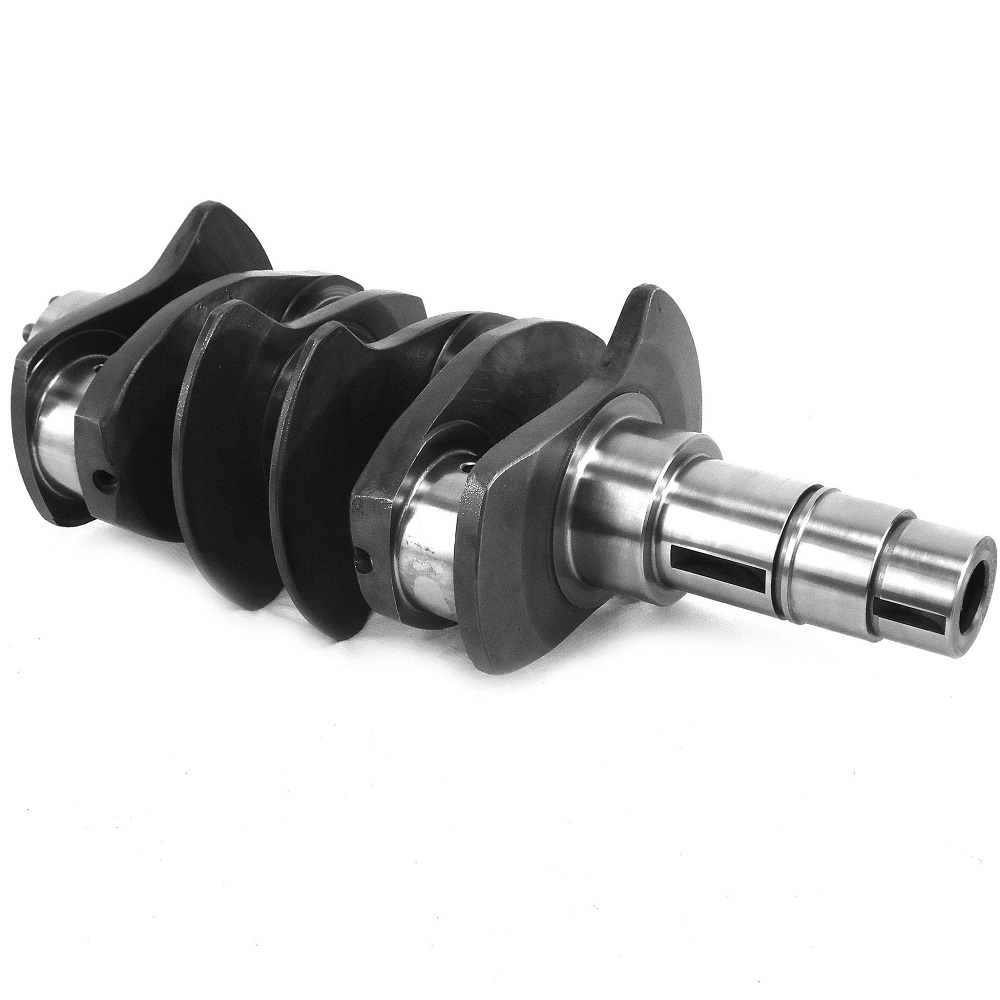
Importance of Crankshaft Position
Crankshaft Position Sensor
Modern vehicles utilize crankshaft position sensors (CKP) to monitor the position and rotational speed of the crankshaft. This information is crucial for the engine control unit (ECU) to manage ignition timing and fuel injection. An accurately functioning CKP allows for better performance and efficiency, ensuring that the engine runs smoothly under various conditions.
If the crankshaft position sensor malfunctions, it can lead to poor engine performance, misfiring, or even engine stalling. The ECU relies on the data provided by the sensor to make real-time adjustments which optimize fuel and air mixtures. A malfunctioning sensor can cause erratic engine behavior, making it vital to address any issues with the crankshaft position sensor promptly.
Impact on Engine Timing
The crankshaft also significantly affects the timing of the engine. Proper timing is essential for optimal combustion and performance. If the crankshaft’s position is not accurate, it can lead to incorrect timing of fuel injection and ignition, resulting in reduced engine efficiency and power.
This is particularly critical in high-performance engines where precise timing can mean the difference between optimal performance and engine failure. Regular maintenance is important to ensure that the crankshaft and its accompanying components are operating correctly. Any misalignment or wear can affect timing, which could ultimately harm engine performance.
Maintenance Considerations
Regular Inspections
To ensure the longevity and efficiency of the crankshaft, regular inspections and maintenance are necessary. Technicians typically check for signs of wear, such as scoring or severe scratches on the crankshaft surface. Proper maintenance helps identify potential issues before they develop into serious problems that can lead to engine failure.
During these inspections, it is essential to check the condition of the connecting rods and bearings, as these components work closely with the crankshaft. Maintaining proper lubrication is equally vital, as inadequate lubrication can lead to overheating and excessive wear. Periodic inspections allow vehicle owners to catch problems early, saving on costly repairs and ensuring the durability of the engine.
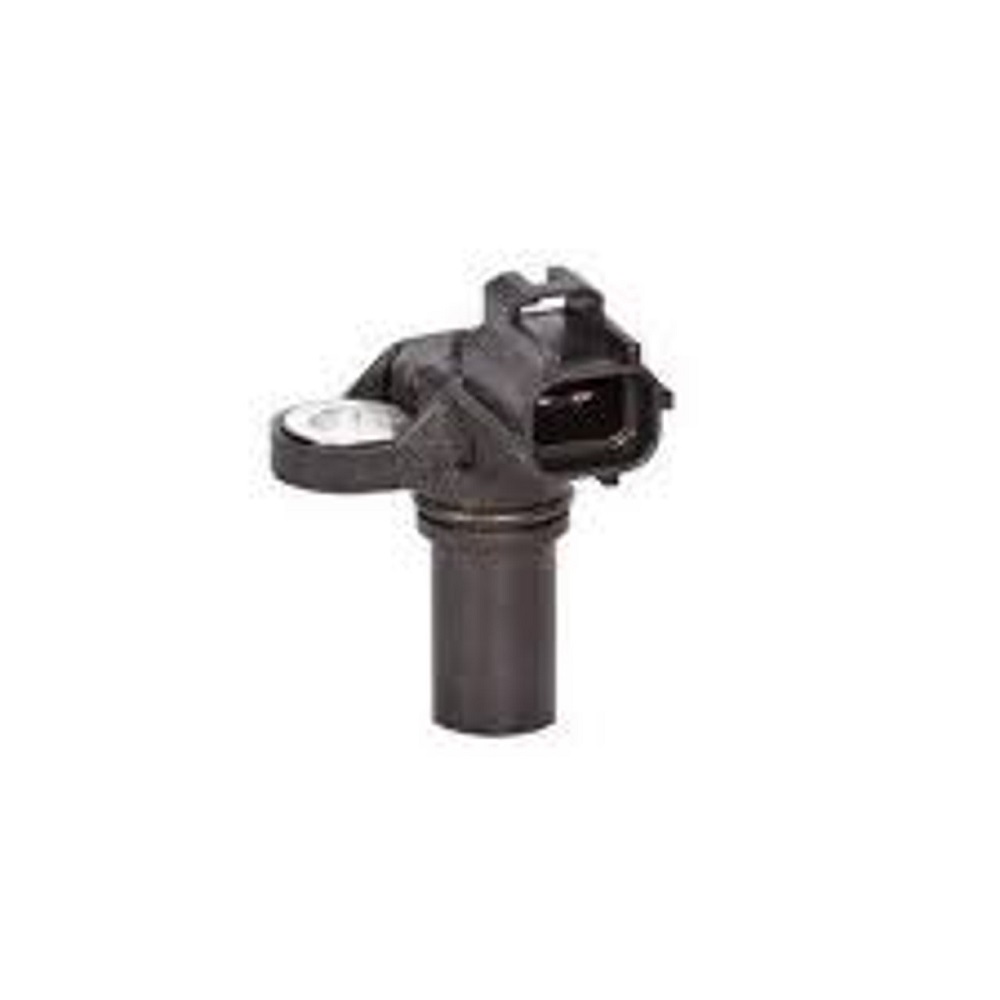
Oil Change Importance
Engine oil plays a critical role in the maintenance of the crankshaft. Regular oil changes are essential to prevent sludge buildup and ensure proper lubrication of moving parts. High-quality oil reduces friction between the crankshaft and its bearings, allowing for smoother operation.
Using the correct type of oil for your engine is also crucial. Some engines may require synthetic oil, while others function best with conventional oil. Following the manufacturer’s recommendations helps maintain optimal oil viscosity and performance. Neglecting oil changes can lead to serious consequences, including premature wear of the crankshaft and other vital engine components.
Vehicle Performance and Efficiency
Enhancing Overall Performance
The crankshaft significantly impacts the overall performance of a vehicle. A properly functioning crankshaft ensures that power generated through combustion translates efficiently to the wheels. This results in a smoother ride and more responsive handling, as power delivery becomes more consistent.
In high-performance engines, aftermarket crankshaft upgrades can enhance overall performance. Forged crankshafts, for example, offer improved strength and durability, allowing the engine to handle increased power and torque. This enhancement is crucial for performance enthusiasts looking to maximize the potential of their vehicles.
Fuel Efficiency Gains
A well-balanced crankshaft can contribute to improved fuel efficiency. When the engine runs smoothly, it requires less energy to produce the same amount of power. This efficiency can translate into lower fuel consumption. Properly maintaining the crankshaft will help achieve optimal performance, ultimately benefiting your wallet in the long run.
Additionally, modern engines are often designed with fuel economy in mind. This trend includes advancements in crankshaft technology that focus on enhancing overall efficiency. As each component in the engine works together, ensuring that the crankshaft operates correctly is vital for achieving the best fuel efficiency possible.
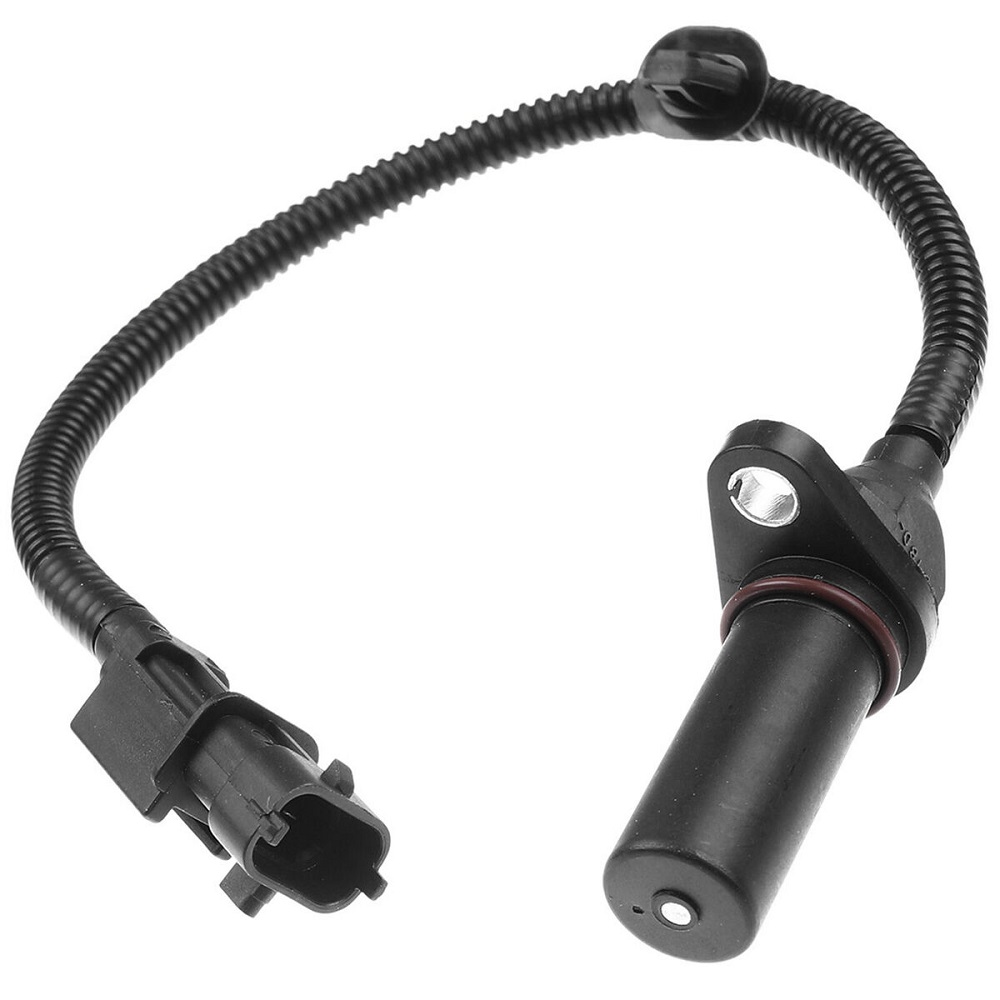
Conclusion: The Key Role of the Crankshaft
A Critical Engine Component
In conclusion, the engine crankshaft is a critical component that plays a vital role in vehicle performance. Its primary function of converting the reciprocal motion of pistons into rotational motion is essential for powering vehicles. You cannot overstate the importance of the crankshaft in synchronizing engine components, maintaining timing, and enhancing overall performance.
A Final Thought on Maintenance and Upgrades
Owners must prioritize regular maintenance and inspections to ensure that their engine crankshaft operates at peak efficiency. Understanding its significance allows vehicle owners to make informed decisions regarding upgrades and repairs. As technology advances in the automotive industry, continued developments in crankshaft design and materials will likely improve performance, durability, and fuel efficiency.
By taking these insights into account, you can appreciate the complexity of the engine and the critical nature of its components. An efficient and well-maintained crankshaft ultimately leads to a reliable vehicle, offering peace of mind on the road. Enjoying the driving experience relies on the constant performance of such key components, making it essential to keep them in optimal condition.
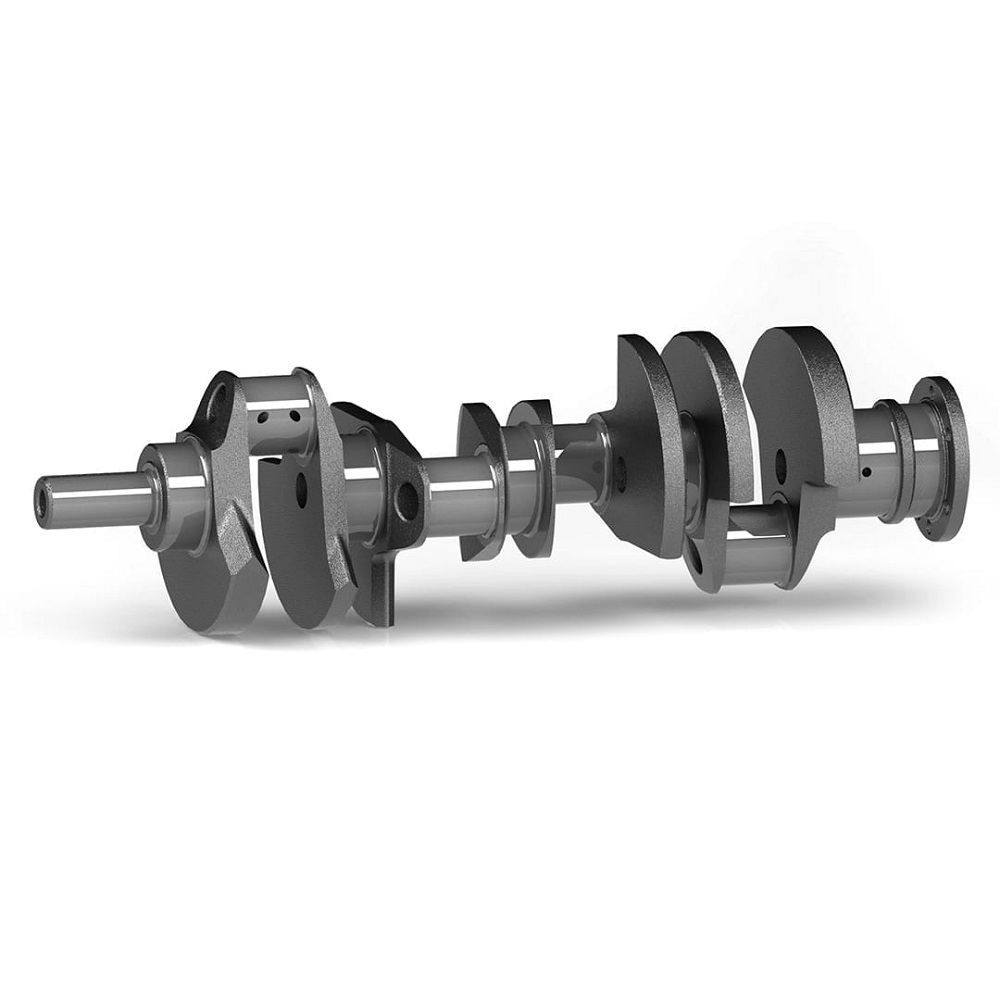
Leave a Reply